Lessons from the Oracle of Omaha: Warren Buffett’s Success Story at Berkshire Hathaway
Who Is Warren Buffett and How Did He Build His Fortune? What can we learn from Warren Buffett’s life and work as the renowned executive, philanthropist, and investor marks his 85th birthday? These are some that I believe are significant.
The renowned value investor Warren Edward Buffett transformed a failing textile factory into the financial engine that drove the development of the most prosperous holding company in history. According to Forbes, Buffett, who is referred to as the “Oracle of Omaha” for his investment acumen, has accumulated a personal wealth of more than $140 billion. Thousands of devoted followers go to Omaha, Nebraska, every year to hear him speak at Berkshire’s annual conference, which is jokingly called “Woodstock for Capitalists.
Important Takeaways
- At the age of eleven, Warren Buffett purchased his first stock, and at the age of fourteen, he made his first real estate transaction.
- While attending Columbia University to earn a business degree (Harvard having turned him down), Buffett studied under the renowned value investor Benjamin Graham.
- Together with Charlie Munger, Buffett purchased the struggling Berkshire Hathaway textile company, which he later used as a platform to invest in and buy other companies.
- Buffett is a real value investor who purchases reliable but undervalued businesses and keeps them for a long time.
- As a lifelong philanthropist, Buffett donated the majority of his $140 billion personal wealth to the Bill & Melinda Gates Foundation upon his passing.
Childhood and Schooling
Howard and Leila Buffett welcomed Buffett into the world on August 30, 1930, in Omaha, Nebraska. He was the only male and the second of three children. His father served four terms as a U.S. representative and was a stockbroker. Despite serving non-consecutive terms on the Republican ticket, Howard Buffett was a libertarian. Warren, who had a paper route and peddled soft drinks, had an early interest in making money. He used the money he made from these activities to purchase 40 acres of land when he was 14 years old, which he later rented out for a profit. At the age of sixteen, he applied to and was accepted to the University of Pennsylvania at his father’s insistence. After two years, Buffett transferred to the University of Nebraska, leaving that university.
After graduating, Warren Buffett’s father urged him to get a doctorate degree, emphasizing the value of education once more. Columbia University embraced Buffett while Harvard turned him away. Although it started slowly, Buffett’s eventual career was laid during his time at Columbia, where he studied under Benjamin Graham, the pioneer of value investing.
Buffett was told not to pursue a career on Wall Street by Graham, who declined to hire him once he graduated. After being turned down by Wall Street companies, Graham blamed this on anti-Semitism and decided to solely hire Jewish people for his company. Buffett went back to work at his father’s brokerage firm in Omaha. He wed Susan Thompson in 1952, and the two of them started a family. Graham changed his mind three years later and offered Buffett a position in New York.
Prominent Achievements
Buffett had the opportunity to expand on the investment theories he had studied under Graham at Columbia once he arrived in New York. Graham defined value investing as looking for equities that were selling at a remarkable discount to the underlying assets’ value, or what he referred to as the “intrinsic value.” Although Buffett accepted the idea, he was eager to expand on it.
After his return to Omaha in 1956, he founded Buffett Associates and subsequently bought a home. When he teamed up with Charlie Munger in 1962, he was already a millionaire and thirty years old, having met Munger in 1959. In the end, their partnership produced an investment philosophy founded on Buffett’s notion that value investing is more than just a way to extract the last few bucks from failing companies.
In the process, the two acquired the dying textile mill Berkshire Hathaway (BRK.A). When the company started to show some indications of life, what started out as a traditional Graham-style value play evolved into a longer-term investment. Other investments were financed by cash flows from the textile industry. The various holdings eventually overshadowed the primary firm. Although Buffett closed the textile company in 1985, he kept the name Berkshire Hathaway and eventually expanded it into a multibillion-dollar holding company.
How Berkshire Hathaway Was Grown by Buffett
Berkshire Hathaway was a struggling textile company that was in danger of going out of business due to fierce competition from low-cost producers when Warren Buffett made his initial investment in the company in 1962. Buffett grabbed a majority stake in 1965 after becoming intrigued by the stock’s cheap price in relation to its book value and net working capital. Berkshire Hathaway’s stock was trading at about $8 when Buffett made his first investment, but by the late 1960s, when he became CEO, it had risen to almost $20. The enormous rise that followed was reflected in the value of Berkshire Hathaway Class A shares, which reached nearly $679,000 by September 2024.
So, how did Buffett accomplish this incredible metamorphosis? He used the money made from the textile activities as leverage to buy other companies, starting with the life insurance provider National Indemnity. Buffett understood the importance of life insurance firms, particularly the “float”—the money retained after premiums are received but before pay-outs for claims. This float turned into a vital asset that allowed him to invest in a variety of stocks and other businesses, which produced additional money that could be put back into even more endeavours.
By 1969, Buffett had dissolved his investment partnerships and substituted shares of Berkshire Hathaway for cash. After that, he started buying up insurance firms and integrating them as fully owned subsidiaries of Berkshire. One of his most notable acquisitions was See’s Candies in 1972, which provided a steady cash flow to fund further investments. Over the years, Buffett continued to acquire stakes in iconic companies such as American Express, Bank of America, Coca-Cola, and Apple, among many others. His focus remained on high-quality businesses with strong brands and sustainable competitive advantages, often referred to as an “economic moat.”
Buffett had a long-term investment attitude and preferred to buy and hold businesses with solid fundamentals at competitive pricing. He looked for companies with large profit margins and management that prioritized shareholders, hoping to buy them when they were cheap. Buffett transformed Berkshire Hathaway into a diversified conglomerate by closing the last of the company’s textile plants in 1985. Berkshire Hathaway’s market valuation of over $975 billion and its ownership of over 65 companies as of September 2024 are testaments to Buffett’s remarkable investment acumen and strategic vision.
Individual Life
Warren Buffett is renowned for his thrift, even if his wealth is measured in billions. He still drinks Coca-Cola, eats at neighborhood restaurants, and his favorite table fare is a steak or a burger. He still resides in the five-bedroom home he purchased for $31,500 in 1958. He rejected the idea of buying a business plane for years. When he eventually got one, he openly acknowledged his critique of jet spending by naming it the Indefensible. In 1952, Buffett wed Susan Thompson. Despite their 1977 separation, they stayed wed until her passing in 2004. Susie, Howard, and Peter were the three children they had. In 1978, Buffett and Astrid Menks moved in together after Thompson introduced her husband to the waitress. August 2006 saw their marriage.
Buffett’s Investing Strategy
The foundation of Warren Buffett’s investment approach is the idea that he should buy stock in firms that he thinks are inexpensive and well-run. He looks for companies with a good track record of success, a competitive advantage, and strong leadership. Buffett’s strategy is centered on long-term investing; he purchases businesses with the goal of owning them for an extended period of time. Coca-Cola, American Express, and Costco are a few of his most profitable ventures that have been in Berkshire Hathaway’s portfolio for many years, steadily increasing in value.
Buffett has frequently bought entire businesses altogether rather than just stocks. After the acquisition, he trusts the current management teams to carry on the company’s success and lets them handle day-to-day operations. See’s Candies, Fruit of the Loom, Dairy Queen, Pampered Chef, Heinz, and GEICO are a few of the more well-known businesses he has completely purchased.
Buffett’s image suffered in the late 1990s, when technology companies gained market dominance, despite his achievements. Buffett, a self-described technophobe, is well known for staying true to his philosophy of only investing in companies he fully understood and for avoiding tech stocks during the dotcom boom. Many Wall Street gurus mocked Buffett for his conservative stance, arguing that he was out of step with market trends.
Buffett made a smart move by avoiding the technology industry when the dotcom bubble burst and many tech equities fell. Buffett’s earnings increased, demonstrating the worth of his methodical, long-term investing approach, while many of the so-called experts experienced large losses.
FAQ: Early Life, Education, and Success of Warren Buffett
- Where was Warren Buffett born?
Warren Buffett was born on August 30, 1930, in Omaha, Nebraska. He was the second of three children and the only boy.
- What influenced Warren Buffett’s early interest in money?
Warren Buffett developed an early interest in making money by selling soft drinks and working a paper route. At age 14, he invested his earnings from these ventures into 40 acres of land, which he rented for a profit.
- Where did Warren Buffett go to college?
Buffett initially attended the University of Pennsylvania at age 16 but transferred after two years to the University of Nebraska. He graduated with a degree in business.
- How did Warren Buffett end up at Columbia University?
After his father encouraged him to pursue a graduate degree, Buffett applied to Harvard University but was rejected. He was accepted to Columbia University, where he studied under Benjamin Graham, the father of value investing.
- What was Buffett’s experience with Benjamin Graham?
Despite being mentored by Benjamin Graham, Buffett faced initial rejection from Graham when he graduated. Graham advised him to avoid a career on Wall Street due to his own experiences being rejected by firms for being Jewish.
- How did Warren Buffett’s career start?
After being rejected by Graham for a job, Buffett returned to Omaha and worked at his father’s brokerage firm. He married Susan Thompson in 1952 and started a family before Graham offered him a job in New York in 1954.
- What is Buffett’s approach to investing?
Buffett’s investing philosophy is rooted in value investing, which involves purchasing stocks of well-managed companies that are undervalued compared to their intrinsic value. He also looks for companies with strong management teams and competitive advantages.
- What were some of Buffett’s early investments?
In 1962, Buffett purchased shares in Berkshire Hathaway, a struggling textile company. Over time, he used profits from Berkshire’s textile operations to fund investments in other businesses, including the acquisition of National Indemnity, a life insurance company.
- How did Buffett grow Berkshire Hathaway?
Buffett used the float from his insurance acquisitions to reinvest in various businesses. His strategy led to the acquisition of numerous companies, including See’s Candies, Coca-Cola, and Apple, transforming Berkshire Hathaway into a diversified conglomerate.
- What is the significance of Buffett’s philanthropic efforts?
Warren Buffett is known for his generosity. In 2006, he announced he would donate the majority of his wealth to the Bill & Melinda Gates Foundation. Since then, he has donated billions, contributing to causes such as world health, education, and poverty alleviation.
- How much has Warren Buffett donated to charity?
As of 2024, Buffett has donated more than $36 billion, with significant contributions to the Gates Foundation. In addition, he has made donations to other causes, including the Susan Thompson Buffett Foundation, which offers scholarships to low-income students in Nebraska.
- What are Warren Buffett’s thoughts on wealth?
Buffett has often emphasized that he believes in giving away his fortune rather than passing it down through generations. His philosophy revolves around using his wealth to improve the lives of others, particularly through philanthropic initiatives.
- How did Warren Buffett amass his fortune?
Buffett’s wealth came from carefully selecting undervalued companies and holding on to them for the long term. His investments in companies like Coca-Cola and American Express have paid off, as they have appreciated significantly in value over time.
- What are some of Warren Buffett’s famous quotes?
Buffett is known for his investment aphorisms, such as, “If you aren’t willing to hold a stock for 10 years, don’t even think about holding it for 10 minutes,” and “Be fearful when others are greedy, and be greedy when others are fearful.”
- What is Warren Buffett’s current wealth and legacy?
Warren Buffett is considered one of the greatest investors of all time, with a net worth in the billions. His legacy includes transforming Berkshire Hathaway into a massive holding company, promoting long-term value investing, and setting an example of humility and philanthropy.


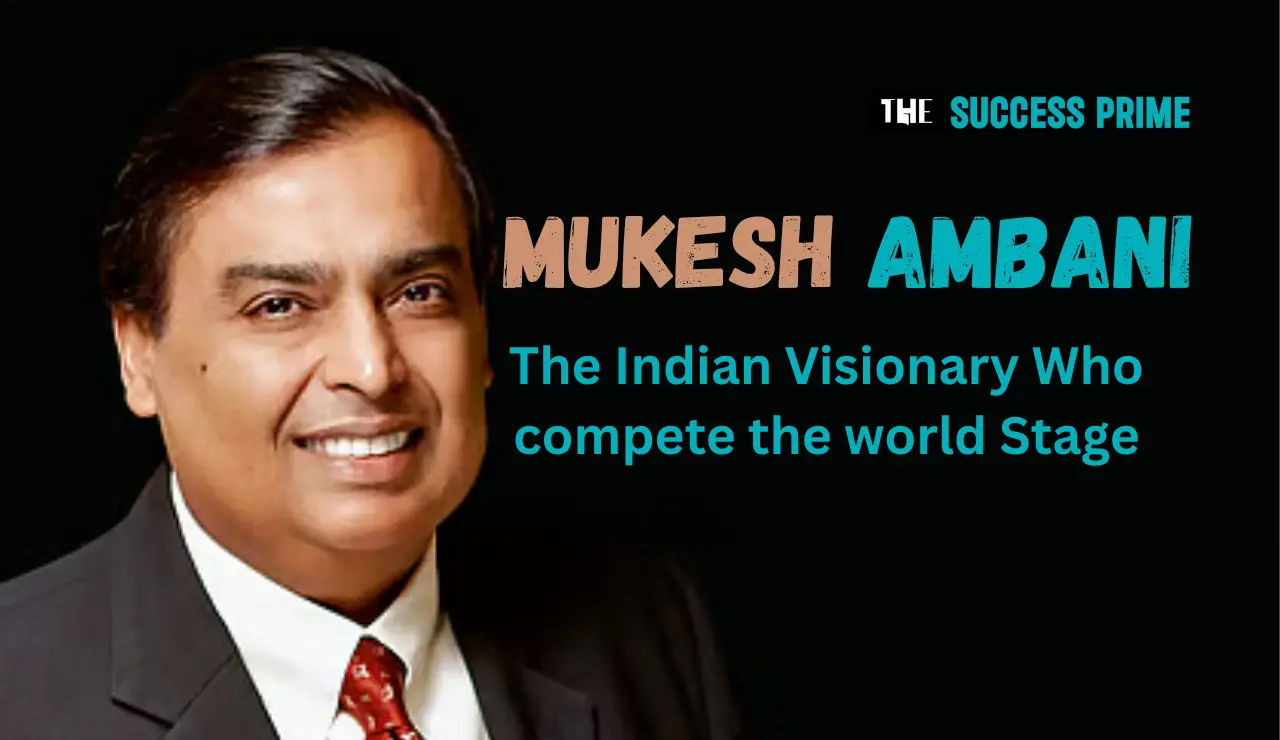




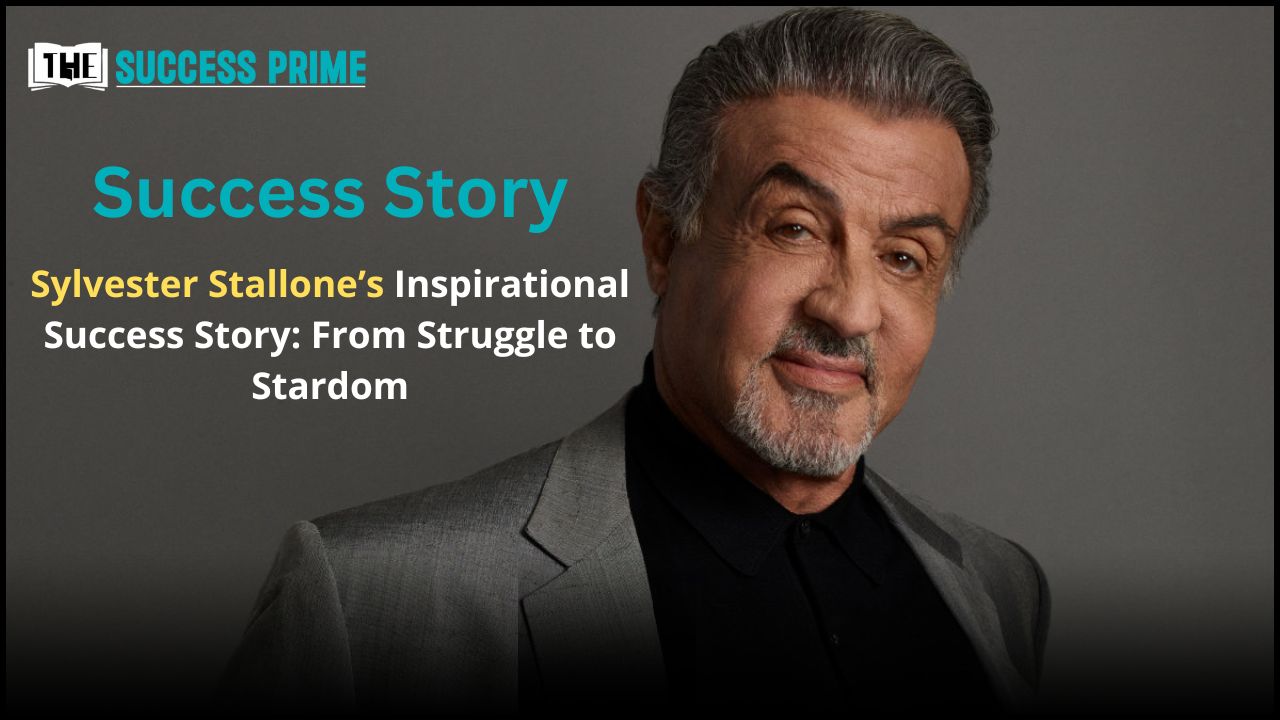
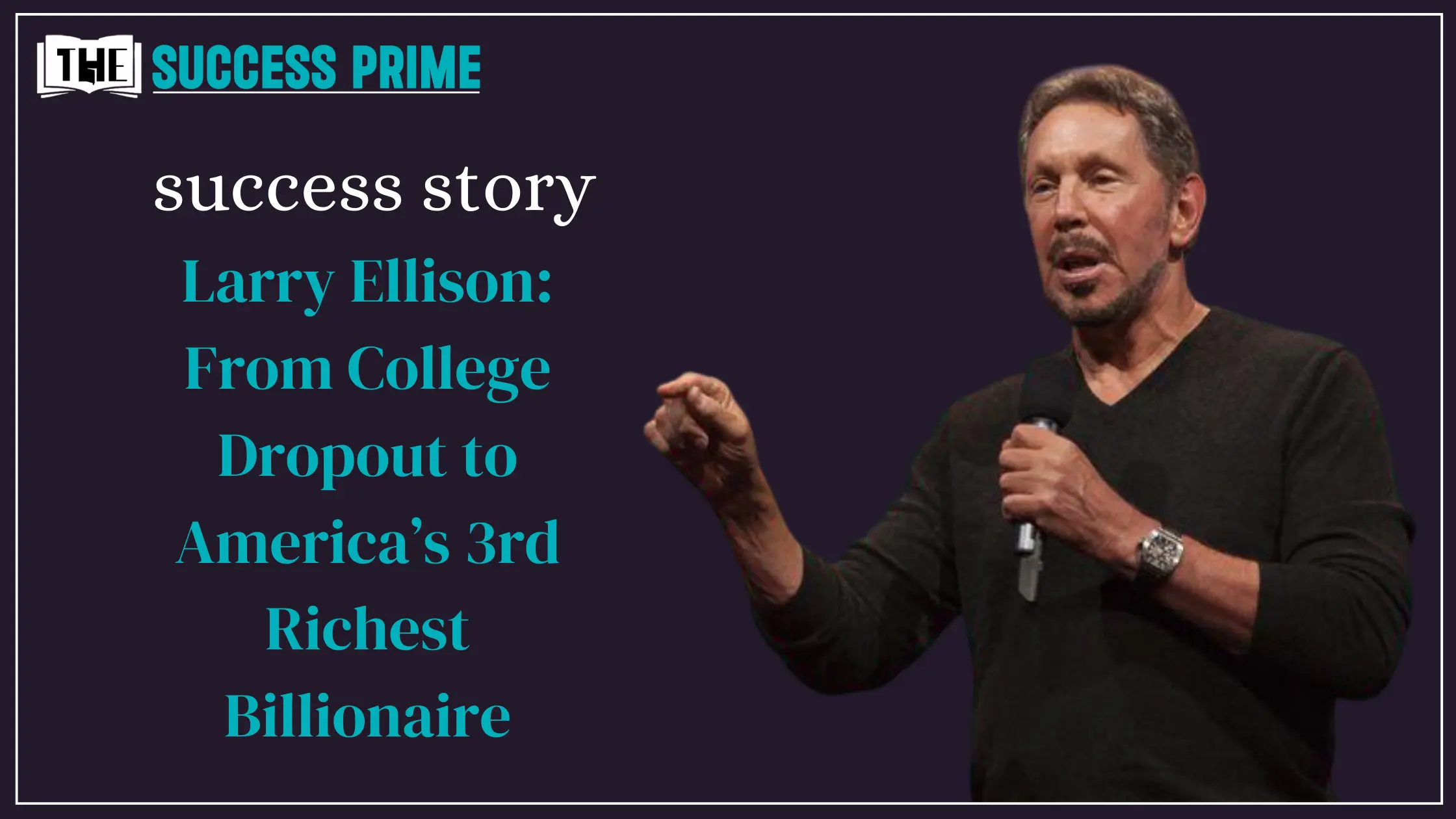
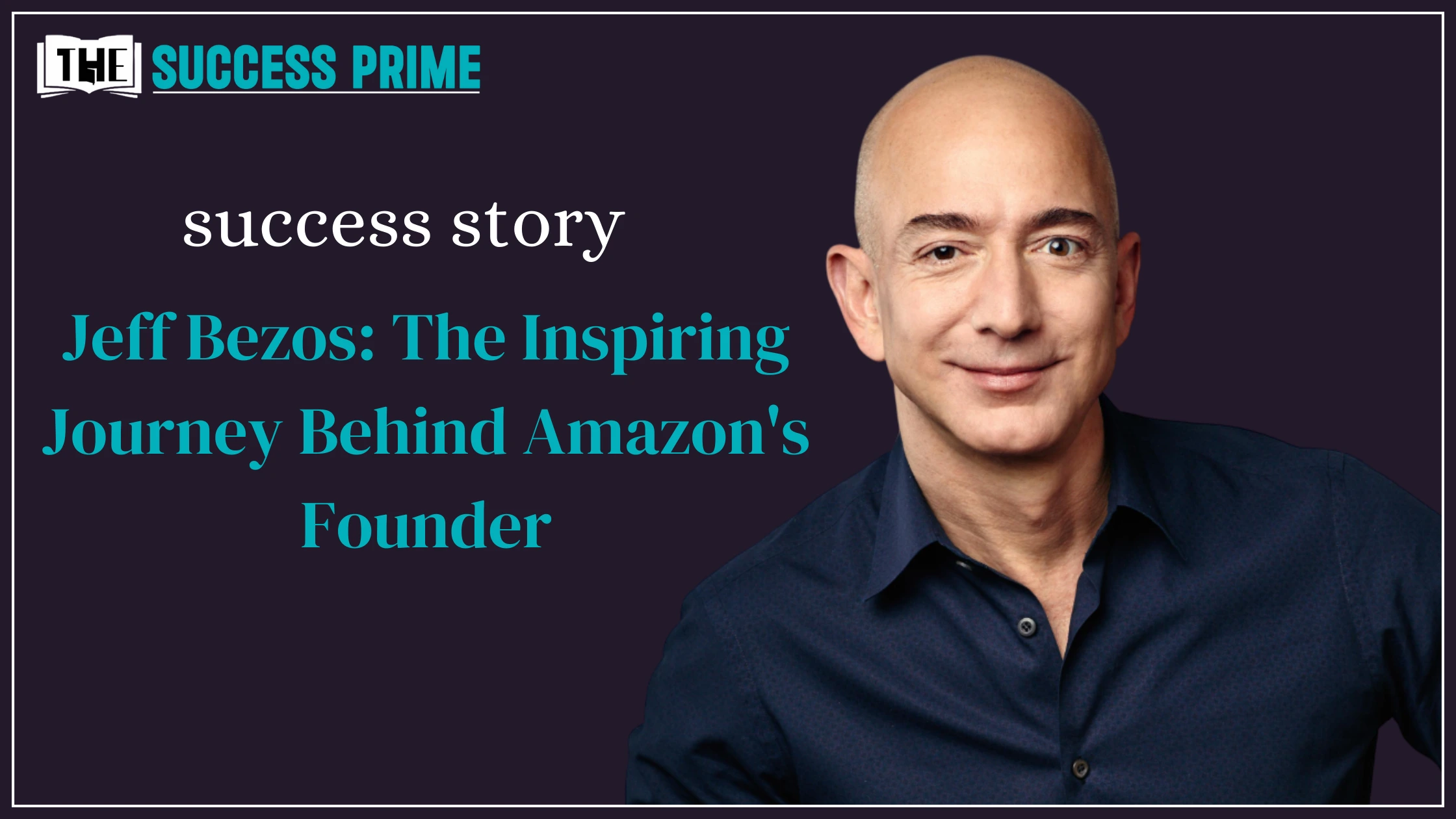
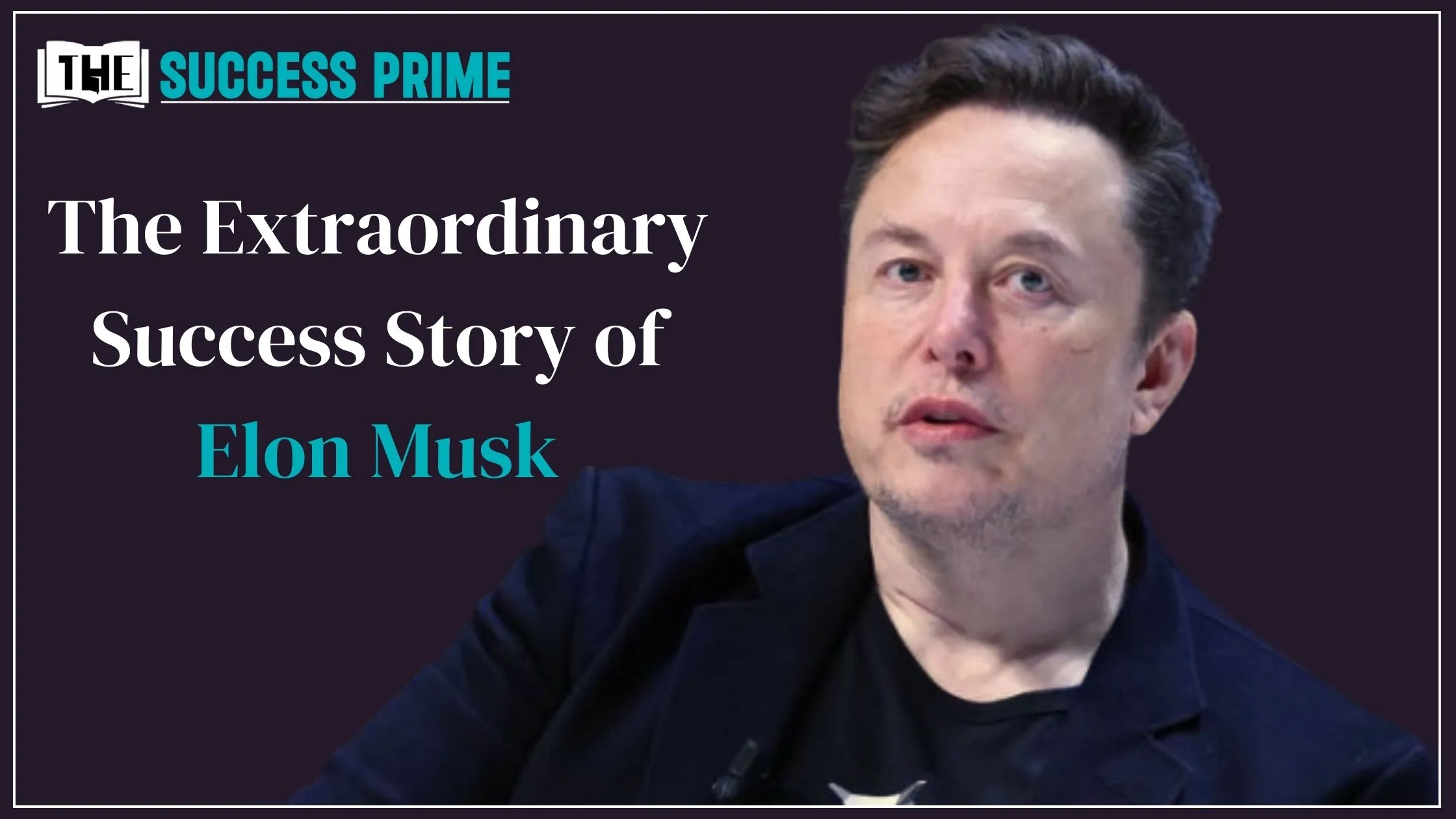




Leave a Reply